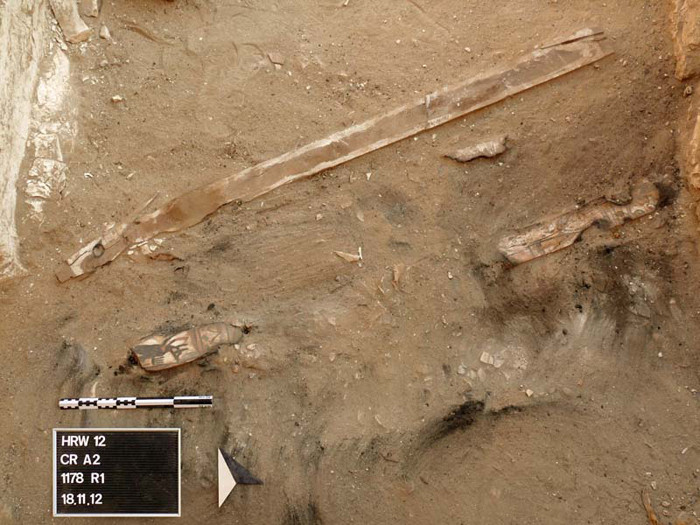Egypt: Ancient 'End of the World' Plague Remains Discovered

Archaeologists have discovered evidence of an ancient Egyptian plague so destructive it was regarded as the end of the world by writers at the time.
At the Funerary Complex of Harwa and Akhimenru in the ancient city of Thebes, which is now modern-day Luxor, the Italian Archaeological Mission to Luxor (MAIL) have found bodies covered in lime, which was used as a disinfectant.
As reported by Live Science, researchers also found three kilns where the lime was produced, as well as evidence of a bonfire containing human remains, where victims of the epidemic were incinerated.
According to lead researcher Francesco Tiradritti, the reputation of the disease had left the area relatively untouched. It "doomed it to centuries of oblivion until tomb robbers entered the complex in the early 19th century," he said.
The team dated fragments of pottery in the kilns back to the third century AD. Known as the Plague of Cyprian, the series of epidemics ravaged the Roman Empire, which included Egypt, from 240 AD onwards.

Its modern name commemorates Saint Cyprian, bishop of Carthage, an early Christian writer who witnessed and described the plague as an apocalyptic sign.
"The kingdom of God, beloved brethren, is beginning to be at hand," he wrote. He also noted symptoms, which included vomiting, bloody eyes, bowel "discharge" and "in some cases the feet or some parts of the limbs are taken off by the contagion".
The plague is cited by some as a pandemic of smallpox, which was still raging in 270 AD when it claimed the life of emperor Claudius II Gothicus.
However, Tiradritti warns that extracting DNA from the bodies to identify the disease will be impossible.
The plague caused widespread manpower shortages in agriculture and the Roman army and at the height of the outbreak, between 250 to 266 AD, around 5,000 people a day were said to be dying in Rome.
Pontius the deacon, who served under Cyprian, wrote of the plague: "All were shuddering, fleeing, shunning the contagion, impiously exposing their own friends, as if with the exclusion of the person who was sure to die of the plague, one could exclude death itself also."
The research was published in the journal Egyptian Archaeology.
© Copyright IBTimes 2024. All rights reserved.







